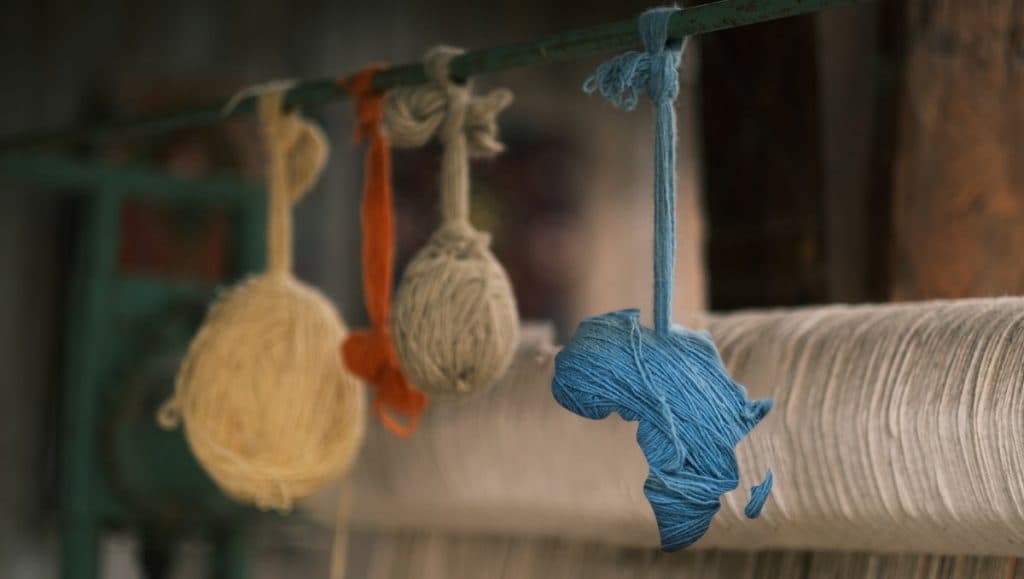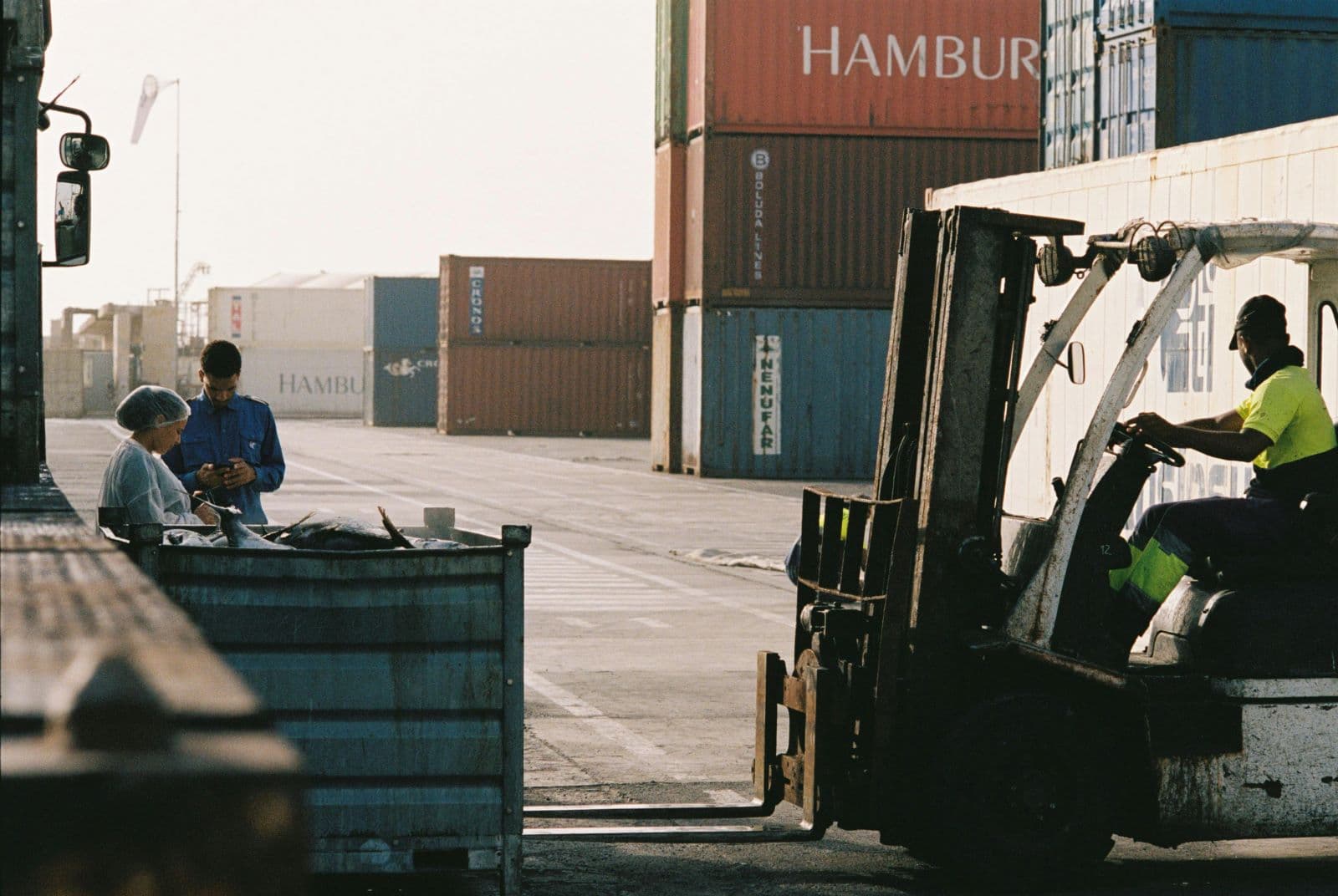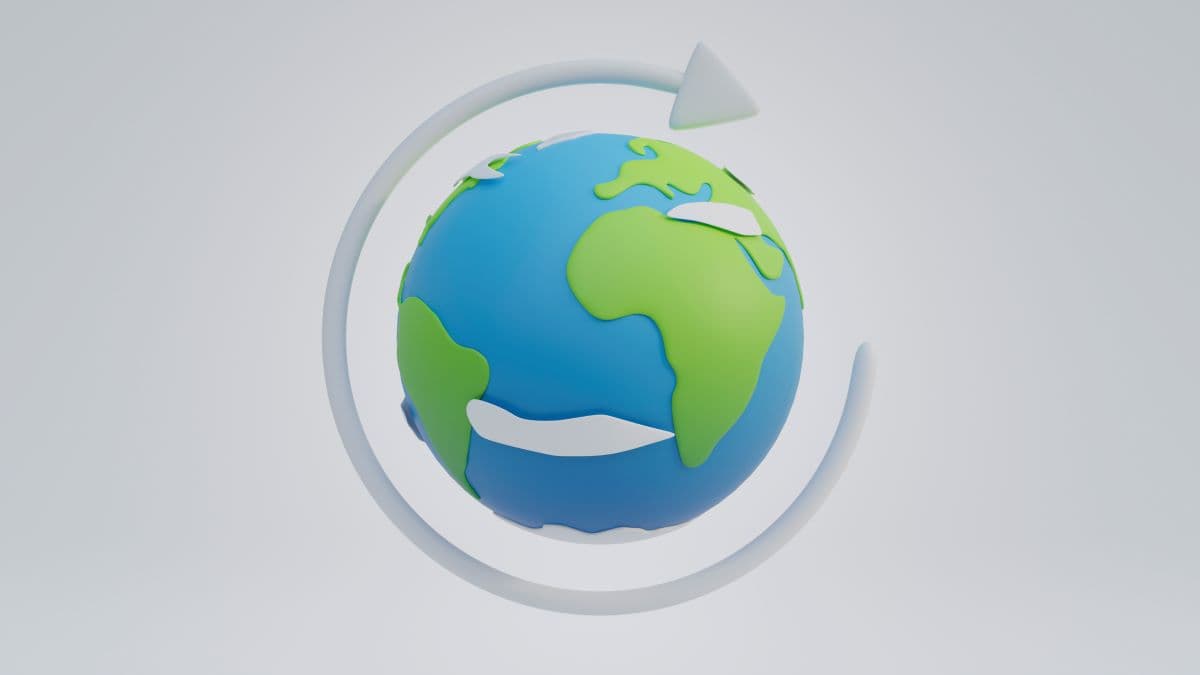
The textile industry is one of the most important sectors of the global economy, employing more than 5 million people in Africa alone. Given its rapid growth, Africa’s textiles industry is a major contributor to greenhouse gas emissions and pollution from water usage, contaminated air from flammable substances, and increased landfill waste. The global industry has responded to these challenges by developing alternative methods of manufacturing textile and garments, adopting sustainable designs and practices, and becoming more efficient.
At the same time, the textile industry is projected to have the fourth-largest growth in manufacturing output, after the automotive, IT and electronics, and aerospace industries. The key trends driving this growth include strong demand for fast fashion (the low-cost manufacture of inexpensive, disposable clothes based on catwalk trends), rising incomes in Africa, population growth and urbanization, as well as the creation of a middle class across most of Africa. These trends now present a unique opportunity for African nations to leverage the financial gains from textiles into a transformative manufacturing platform that addresses socio-economic challenges while transforming their nations’ economies.
While most African countries have experienced high rates of generation of employment from textile export industries in recent years, many face growing pressures on jobs from both import-competing manufacturing sectors and other emerging industries, such as tourism or biotechnology. These pressures threaten to erode production in existing industries and further reduce the number of jobs offered in the state. In this environment, the conditions for successful textile policy are becoming more challenging. At the same time, the potential benefits of the sector to boost domestic manufacturing, increase exports, and reduce air pollution and water wastage are likely to attract greater interest from governments.
The challenges facing the industry are not new and have been noted for many years. However, this presents an opportunity for African governments to use their existing knowledge of the sector to address several challenges, from productivity gains and sustainable designs to the reform of licensing systems and strengthening textile services industries. A number of African governments have already been taking action. The case of Ghana can be a model for other countries. The growth in exports from Ghana’s garments industry has been driven by the adoption of new, more environmentally and socially sustainable manufacturing practices over the last decade. These include the installation of waste-water treatment facilities, improvements in air quality, and the use of more sustainable practices to create fabrics. Examples of other initiatives include the use of social dialogue to drive environmental protection and productivity gains, as well as the use of public procurement to promote eco-labels.
To take full advantage of these opportunities, African countries will need to invest in building their domestic textile industry. This is vital because the economic benefits and employment creation depend on labour-intensive manufacturing processes rather than just exports. This means that providing a competitive supply chain is essential for success, both within Africa and beyond. Automation plays an important role in improving efficiency while protecting jobs, but it can be costly. Reducing costs through technology and practice sharing is a welcome component of the strategy.
Several African countries have developed strategies to develop their domestic textile industry for this purpose. They are looking at ways to do this, for example, by reducing taxes and other policies to attract investors, strengthening the structure of the sector, enforcing labour and environmental laws related to their textile industries, and improving governance in the sector. This has led to several policy initiatives aimed at supporting and promoting local production. What could however be more important in building the manufacturing sector of the economy is increasing domestic demand through a range of social sector development projects. This kind of development strategy is crucial to addressing the main problems African countries face with their industries.
The most obvious policy option to support domestic textile manufacturing is the implementation of import duties and quotas. However, these policies can be harmful to long-term development because they lead to a reduction in international competition, increase the incentive to move production overseas, and strengthen incentives for rent-seeking. In addition, protectionist policies may discourage improvements in productivity or innovative developments. They are also costly for governments and consumers because they lead to higher prices and reduce the viability of developing production chains.
Countries have also introduced voluntary certification schemes that promote local suppliers, including waiving import duties on inputs like fabric if they can prove they use only locally-made textiles. While these policies are more market-friendly than import barriers, they can lead to an increase in domestic prices and result in distortions in the economy. They also fail to address the underlying problem of low productivity in African textile producers.
Furthermore, they can limit the competitiveness of local producers, as borders are then artificially drawn between businesses that can and cannot access inputs, making them less able to use modern technological advancements. Instead, there is a need for a change in policy that fosters innovation and lowers barriers to the importation of technology across borders. Considering the current trends, this may be possible only if African governments are able to reduce their domestic production costs and achieve higher levels of productivity.
Creating a Favorable Business Climate for Textile Industry Sustainability
African countries have taken it upon themselves to improve their textile industry by adopting eco-friendly production methods for example using solar energy instead of grid electricity or implementing factory renovations to reduce atmospheric pollutants. This is a major achievement considering that these countries are facing very low incomes and they are often referred to as the ‘largest net importers of industrialized goods in the world’.
The textile industry is one of Africa’s most important export-related industries and through globalization has become an important part of African economies. Accessing a larger market, improving their standard of living, and attaining market share became major challenges for Africa’s textile nations, who were previously forced to depend on other countries for cheap materials, but have regained their independence. However, global competition has made it necessary to adjust production methods to remain competitive internationally. The textile industry in Africa is undergoing a transformation and with adequate resources, African countries will be able to develop a strong and sustainable textile industry; this would enable them to enjoy the full benefits of globalization.
The lower costs of energy, available labor, and land in Africa have created favorable conditions for the expansion of textile industries in African countries. The lower costs of energy, skilled labor and land in Africa have created favorable conditions for the expansion of textile industries in African countries. Investment in fully-serviced industrial parks has also helped resolve the socio-environmental challenges in Africa’s textile industry. Ghana, for instance, has the multi-purpose Dawa Industrial Zone which is located 25km east of Tema with proximity to the international airport, the habour, and neighbouring African markets. This zone offers a friendly business environment that has been designed to meet all types of industries’ needs. The Dawa Industrial Zone also supports manufacturing and production activities with reliable infrastructure including 24/7 power and water supply, ultrafast internet, and good road networks. It also offers incentives for businesses to set up in the zone like low taxes and duty exemptions and access to the African market.
The key to success for the African textile industry is to be competitive in the global market which means, producing high-quality textiles at low costs. To achieve this, there is a need for continuous improvement in textile designs and technology, improved working conditions, and training to enhance the skills of workers. There is also a need for adequate infrastructure that will reduce costs and make delivery faster in local markets; these countries also need more support from their partners who can help them implement new technology.
Contact Investor Relations:
Email: enquiry@diz-ghana.com
Tel: 0552030000 / 0552040000
More
updates

How Industrial Parks Are Powering Economic Growth in Africa
Blog∙30th April, 2025

Addressing The Infrastructure Gaps in Sub-Saharan Africa
Blog∙11th March, 2025

Regional vs. National Approaches to Trade Facilitation: Which is More Effective for Africa?
Blog∙11th December, 2024

Earn Big with Dawa Refer & Earn: Unlock Lucrative Rewards for Every Business You Refer!
Blog∙13th November, 2024

Leapfrogging the Growth Trap: Policy Initiatives for Developing Economies in a Globalized World
Blog∙4th October, 2024
